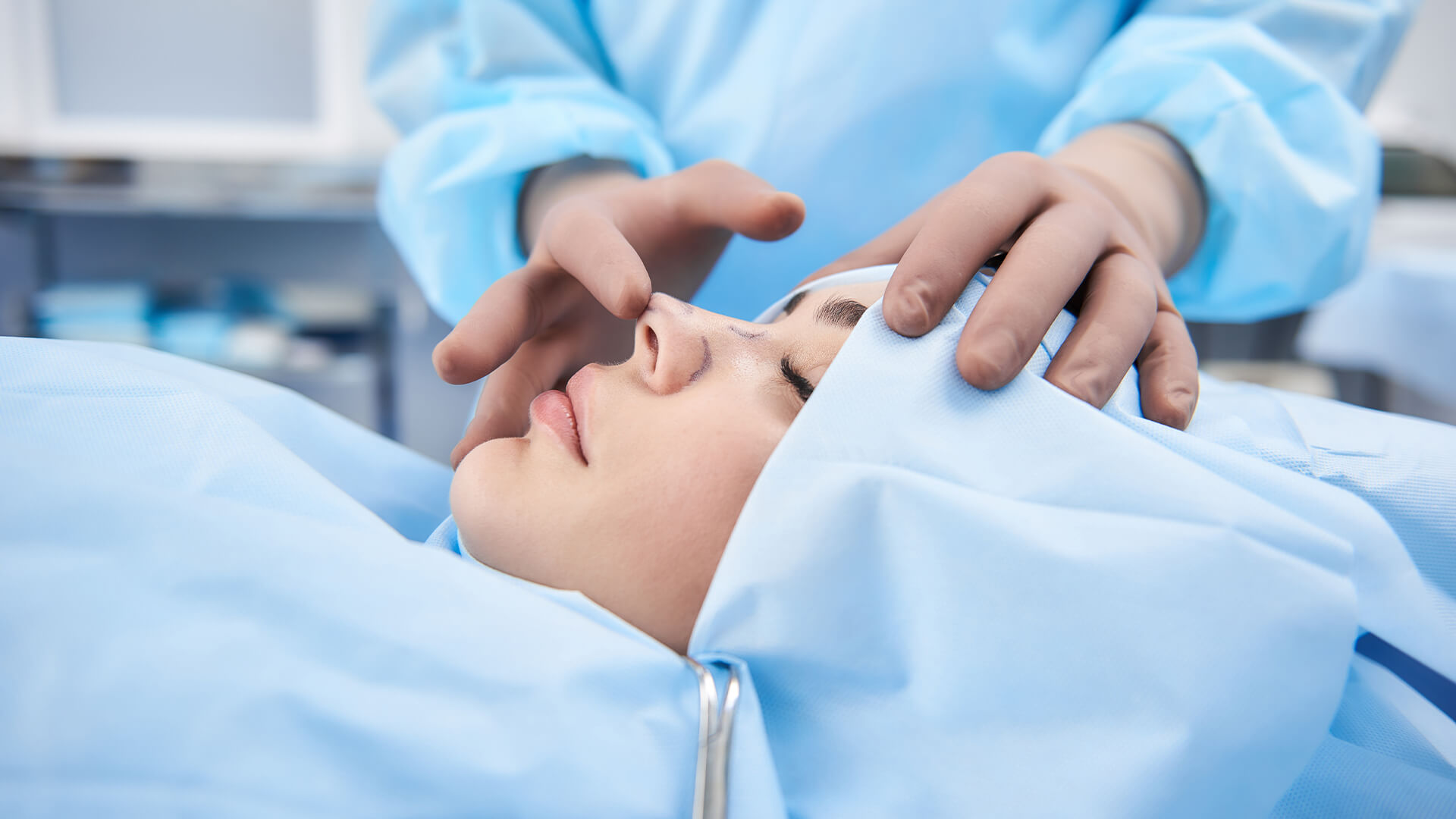
With reverse nose jobs trending in the beauty world, rhinoplasty surgeon explains why the return to the pre-surgery nose is nearly impossible and why rhinoplasty is best left for medical reasons.
The fluctuating beauty canons prompt people to go under the knife to achieve the desired aesthetic. Although rhinoplasty—a nose job—is one of the most frequent facial plastic surgeries—over 800K surgeries performed worldwide in 2019—studies show that rhinoplasty patients are more satisfied with improved function rather than aesthetic results. However, now people who have undergone rhinoplasty for aesthetic reasons are getting reverse nose jobs to return to their natural noses that reflect their national identity or family heritage.
Yet reverse rhinoplasty comes with its share of certain risks to one’s health or even sought end goal. Dr. Gytis Baranauskas, otorhinolaryngologist-rhinoplasty surgeon at Nordesthetics Clinic, one of the leading medical tourism clinics in Europe, explained that it is nearly impossible to restore the nose to its original shape. After rhinoplasty, scar tissue forms, and the structure of soft tissues and nasal skeleton change, therefore making a part of the changes irreversible.
“In certain cases, a surgeon can restore the essential features of the former nose. However, revision rhinoplasty is usually more complex, and the result is less predictable, therefore it is recommended to undergo surgery only if it is urgent,” the surgeon said. “Secondary rhinoplasty also takes longer due to complicated structural division and scar tissue. This might increase anesthesia-related risks. If additional tissue is needed, the surgeon takes it from costal cartilages, auricle, or temporal fascia, so there is a potential risk of sustaining complications in the donor spot.”
Ideal candidate for rhinoplasty
Although the look of the nose is important, the reasons for only an aesthetical nose job should be very clearly defined and the patient’s expectations—managed, Dr. Baranauskas explained.
“For example, when the nose is obviously crooked but does not cause any breathing, the end goal —straight nose—is clear. However, the person’s request to have a different, “prettier” nose should be considered with caution,” he explained. “Even if surgery results are fully achieved, the person might have difficulties adjusting to the new look and identity.”
Therefore, according to Dr. Baranauskas, the ideal case for rhinoplasty is when both the function and the aesthetical look can be corrected during the surgery.
“Take a person who has a crooked nasal septum resulting from the growth spurt of the septal cartilage. This obstructs airways and deforms the nasal axis by pushing the tip of the nose downwards and creating a hump,” the surgeon added. “In this case, the surgery eliminates breathing problems and allows changing the shape and position of the tip of the nose as well as removing the hump. The result—aesthetical transformation and, more importantly, unobstructed breathing.”
Pre-surgery do’s and don’ts
If a person has chronic sinusitis, allergic rhinitis, sleep apnoea, or other chronic illnesses, the surgeon advised them to schedule consultations and medical examinations with ENT doctors, allergologists, neurologists, and other specialists. The person should inform their rhinoplasty surgeon about any medication used, especially drugs that affect blood coagulation, hormonal contraception, narcotic substances, and decongestants. Also, they should disclose their smoking habits, past injuries or surgeries, etc.
At the same time, Dr. Baranauskas advised people who want to undergo rhinoplasty for aesthetic reasons to postpone the surgery before major life changes like weddings, extended trips, new jobs, or after emotionally draining events like divorce, illnesses, loss, untreated depression, and other similar circumstances. This is recommended because the patient might have difficulties accepting the changed aesthetic look post rhinoplasty.
















